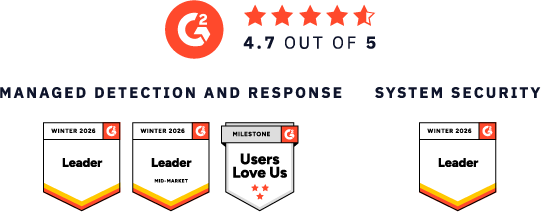How Do You Assess Vendor Risk?
The reality is that no business can operate alone. Most organizations rely on a highly interconnected environment of vendors, suppliers, partners and service providers to extend their capabilities and scale operations. Even a well-secured organization can be exposed if a trusted supplier is breached, leading to data theft, ransomware deployment, and operational disruption.
To address the growing third-party cyber risks, you need to strategically assess every vendor with privileged access to your systems, networks, and data.
Start by asking yourself:
- Do I have formal procedures to manage cyber risks associated with third-party access to my environment and data?
- Have I thought about the supply chain in my vendors’ ecosystems and who else may have access to my data?
- How can I ensure my data is protected if my third-party vendors are compromised?
The cost of a third-party breach is not just measured in short-term financial loss and lost productivity, but also in long-term reputational damage and client churn.
The best way to protect your company from a devastating breach is to avoid one in the first place – conduct the due diligence needed and have the right protection in place.
Defending third-party and supply chain attacks requires your organization to have 24/7 monitoring in place and your complete attack surface covered.
By the Numbers
61%
of organizations experienced a third-party security incident in the last year.1
84%
of third-party incidents result in operational disruption.2
76 Days
is the average time between an attack and the disclosure.3
2. Gartner, Annual ERM Survey, 2023
3. Black Kite, Third Party Breach Report, 2024

THREAT INTELLIGENCE REPORT
Strengthening the Detection of Framework for Risk Reduction Software Supply Chain Attacks
Download this report to learn why multi-signal visibility and protection minimizes the risk of software supply chain cyberattacks.


